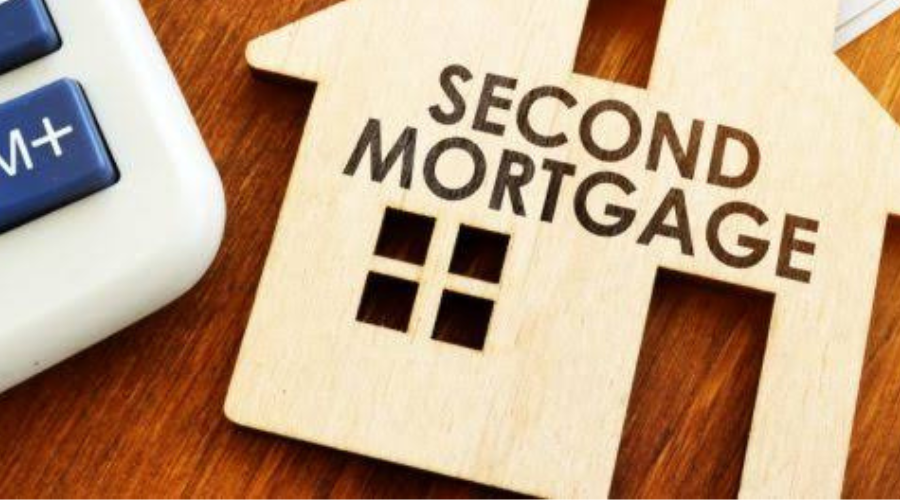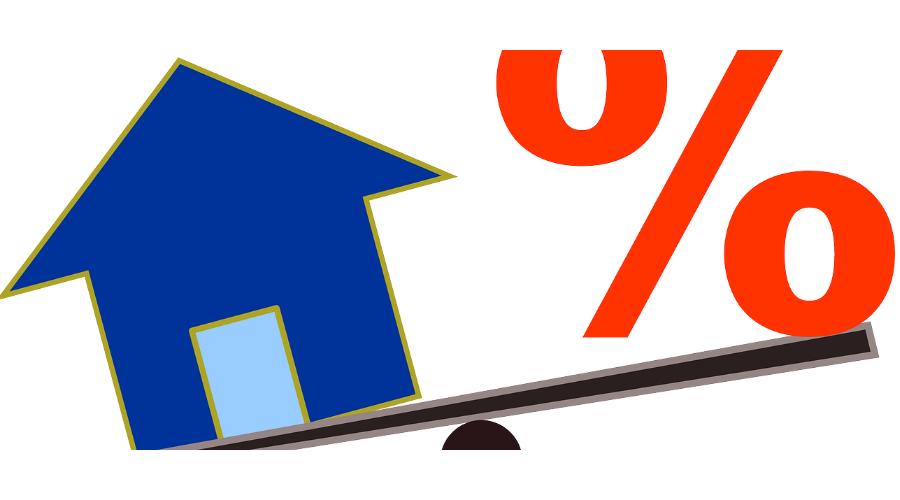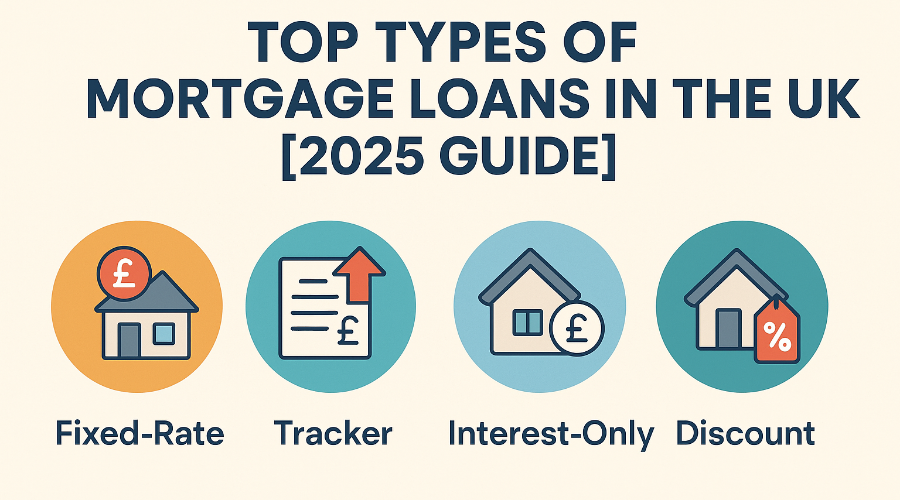Choosing the right mortgage can be overwhelming, especially with so many options available in the UK market.
From fixed-rate to interest-only, each type comes with its own benefits and risks. In this guide, we’ll break down the most common types of mortgage loans in 2025 and help you understand which one suits your financial needs best.
Buying a property is one of the biggest financial decisions, and choosing the right mortgage is crucial. There are several types of mortgage loans available in the UK to suit each buyer’s financial situation. Without understanding these, you could end up choosing the wrong product, which could ruin your budget in the long run.
Broadly speaking, UK mortgages can be divided into two broad categories: fixed-rate and variable-rate. But there are other variations too which can give you flexibility or security. Let’s look at all these types in detail below so that you can make an informed decision.
🧩 What is a Mortgage Loan?
A mortgage is a long-term loan used to purchase property, where the home itself serves as collateral.

🧩 Why it’s Important to know the Types of Mortgage?
Impacts interest rates
Affects repayment terms
Helps first-time buyers or those refinancing
Topics

🧩Common Types of Mortgage Loans in the UK
🟦 Fixed-rate Mortgage
Interest rate remains the same
Ideal for long-term planning
Fixed for 2, 5, or 10 years
🟦 Variable Rate Mortgage
Rate may rise or fall
Follows lender’s standard variable rate (SVR)
🟦 Tracker Mortgage
Tracks Bank of England base rate
Typically base rate + 1%-2%
Risky if base rate increases
🟦 Interest- Only Mortgage
Pay only interest each month
Repay full loan at the end
Usually for buy-to-let or short-term goals
🟦 Offset Mortgage
Links your savings to the mortgage
Reduces interest on loan
Requires discipline in saving
🟦 Help to Buy Mortgage (First-time Buyers)
Government-backed
Requires only 5% deposit
Limited to certain property values

🧩 Which Type of Mortgage is Right for you?
Compare goals: Long-term vs. short-term
Risk tolerance
Income stability
Credit history
How to Prepare Your Finances for a Mortgage?
Before applying for a mortgage, the most important step is to prepare your finances. Lenders look at your financial situation carefully so they can assess the risk of lending you money. By managing your finances correctly, you not only increase your chances of loan approval but also get better interest rates.
Improve your credit score.
Your credit score is the biggest proof of your financial history. Lenders look at how responsibly you have paid previous loans and bills.
What to do? First of all, check your credit report. If there is any mistake, get it corrected.Pay your credit card bills and EMIs of other loans on time.
Save deposits (down payments).
You have to pay a portion of your mortgage loan, which is called a deposit. In the UK, it is usually 5% to 20% of the property value.
Why is it important? A large deposit reduces your loan amount, which also reduces your monthly payments. Also, lenders prefer applicants with large deposits.
Check your income and expenses.
Lenders look at your income and financial commitments (such as car loans and credit card bills).
What to look for? It is important to show regular income sources.If you are self-employed, you may have to show accounts of the last 2-3 years. Keep your expenses low so that your “affordability” looks good.
The UK Mortgage Application Process: A Step-by-Step Guide
The process of applying for a mortgage in the UK can be a little long, but following it step-by-step will make your work easier.
Step 1: Get a “Decision in Principle” (DIP).First of all, you can take a Decision in Principle (DIP) from a lender. This will let you know how much loan the lender can give you. This is a preliminary check, and it does not make much difference to your credit score.
Step 2: Choose Your Mortgage Broker or LenderYou can get a mortgage directly from a bank or building society, or you can take the help of a mortgage broker.The broker can compare the deals of different lenders and find the best option for you.
Step 3: Complete the Full ApplicationOnce you have chosen a lender or broker, fill out the full application. This includes your personal and financial details, such as bank statements, payslips and ID proof.
Step 4: Valuation & Final Offer after submitting the application, the lender gets the property valuation done so that he can be sure that the value of the property is equal to the loan being given by him. When everything is in order, the lender sends you the Final Offer letter.
What Fees and Costs are Involved in a Mortgage?
Mortgage does not only involve monthly payments. It also involves some other fees and costs which need to be understood from the beginning.
Arrangement Fees
These are the fees that the lender charges for processing your mortgage. These fees can range from £0 to £2,000. Some lenders add these fees to the loan amount.
Valuation Fees
These fees are charged by the lender for valuing the property. Sometimes lenders give it for free, or you have to bear the cost.
Legal Fees (Conveyancing)
Buying a property and taking a loan requires legal work. You have to pay these fees to a solicitor (lawyer).
Stamp Duty
When you buy a property in the UK, you have to pay Stamp Duty Land Tax (SDLT) to the government. These fees depend on the price of the property.
🧩 FAQs Mortgage Loan Types in the UK
Q1: What is the safest mortgage type in the UK?
A fixed-rate mortgage is considered safest due to predictable payments.
Q2: Which mortgage is best for first-time buyers?
Help to Buy or fixed-rate mortgage options are ideal.
Q3: Can I switch between mortgage types later?
Yes, through remortgaging — subject to fees and eligibility.

